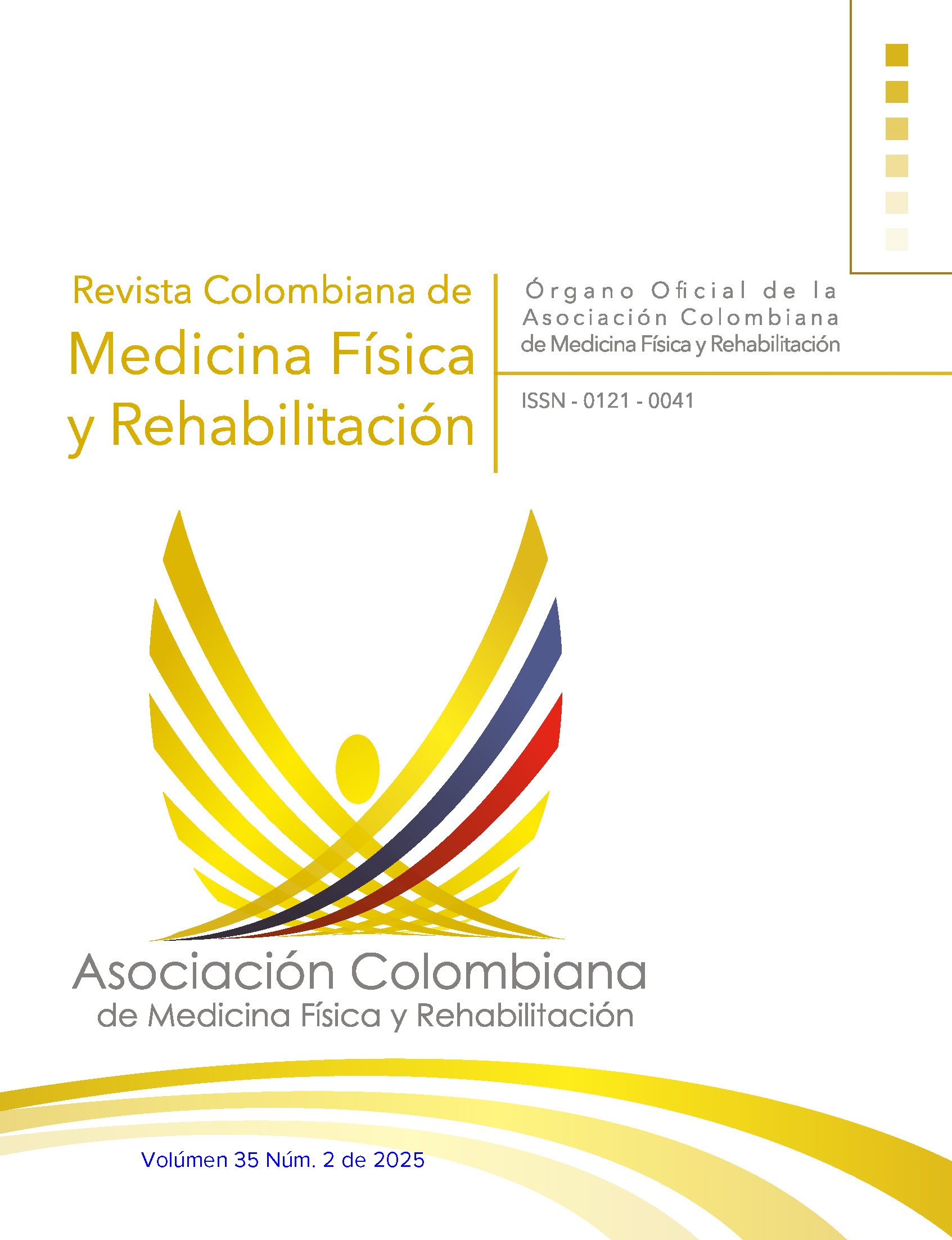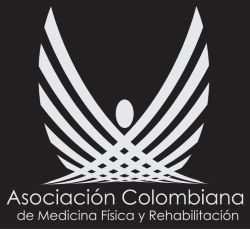Bibliometric analysis of research on complementary therapies for chronic pain in Latin America
DOI:
https://doi.org/10.28957/rcmfr.505Keywords:
Chronic pain, complementary therapies, review, bibliometrics, Latin AmericaAbstract
Introduction. Chronic pain affects more than 20% of the world population and represents a major public health problem. In Latin America, its prevalence ranges between 27% and 47%, with a significant impact on quality of life of people as well as on health systems. Despite the availability of multiple therapeutic options, a considerable percentage of patients do not achieve adequate control of the symptoms, which has motivated growing interest in complementary or alternative therapeutic approaches.
Objective. To analyze the research trends on the use of complementary therapies (CT) in the management of chronic pain in Latin America.
Methods. A bibliometric analysis of the scientific literature indexed in the Scopus database between the years 2000 and 2024 was conducted. The Bibliometrix© package from RStudio was used for data processing and analysis, focusing on collaborative networks, scientific productivity, and impact of publications.
Results. 25 relevant articles were identified. Most of the scientific production comes from Brazil and Colombia, standing out authors such as Erika Chaves and Caroline Moura. The journals Current Pain and Headache Reports and Revista da Escola de Enfermagem lead in the number of publications. An annual growth of 5.12% in scientific production was observed.
Conclusion. Complementary therapies are emerging as a relevant therapeutic alternative for chronic pain. Nevertheless, it is necessary to strengthen methodological quality and diversify scientific production in other countries in the region.
References
García Espinosa M V. Hablando del dolor crónico. Aten Primaria. 2018;50(5):318-319. Disponible en: https://doi.org/10.1016/j.aprim.2017.05.014.
Vargas C, Bilbeny N, Balmaceda C, Rodríguez MF, Zitko P, Rojas R, Eberhard M, Ahumada M, Espinoza M. Costs and consequences of chronic pain due to musculoskeletal disorders from a health system perspective in Chile. Pain Rep. 2018;3(5):e656. Disponible en: https://doi.org/10.1097/PR9.0000000000000656.
Agarwal S, Gharibo C, Schatman M. The State of Research Funding for Interventional Chronic Pain Therapies. J Pain Res. 2025;16:1825-1828. Disponible en: https://doi.org/10.2147/JPR.S418801.
Federación Latinoamericana de Asociaciones para el Estudio del Dolor [Fedelat]. Guía de dolor crónico para periodistas. La Paz (Bolivia): Fedelat; 2020. Disponible en: https://redmpc.wordpress.com/wp-content/uploads/2020/10/guiia-de-dolor-croinico-para-periodistas.pdf.
Hadi MA, McHugh GA, Closs SJ. Impact of Chronic Pain on Patients’ Quality of Life: A Comparative Mixed-Methods Study. J Patient Exp. 2018;6(2):133-141. Disponible en: https://doi.org/10.1177/2374373518786013.
Failde I. El dolor crónico, algo más que un problema de quien lo padece. Rev Soc Esp Dolor. 2014;21(1):1-2. Disponible en: https://dx.doi.org/10.4321/S1134-80462014000100001.
Martínez Sánchez L, Martínez Domínguez G, Gallego González D, Vallejo Agudelo E, Lopera Valle J, Vargas Grisales N, Molina Valencia J. Uso de terapias alternativas, desafío actual en el manejo del dolor. Rev Soc Esp Dolor. 2014;21(6):338–344. Disponible en: https://dx.doi.org/10.4321/S1134-80462014000600007.
National Center for Complementary and Integrative Health [NCCIH]. Chronic Pain and Complementary Health Approaches. Disponible en: https://www.nccih.nih.gov/health/chronic-pain-and-complementary-health-approa-ches-usefulness-and-safety.
Ossendorf A, Schulte E, Hermann K, Hagmeister H, Schenk M, Kopf A, et al. Use of complementary medicine in patients with chronic pain. Eur J Integr Med. 2009;1(2):93–98. Disponible en: https://www.clinicalkey.es/#!/content/journal/1-s2.0-S1876382009000237.
Alex Flores R, Lilian Arias R, Ximena Azolas C, Juan Carlos Bravo V, Carmen Gajardo H, Emilia Poblete R, et al. Dolor y medicina complementaria y acupuntura. Revista Médica Clínica Las Condes. 2014;25(4):636–640. Disponible en: https://www.elsevier.es/es-revista-revista-medica-clinica-las-condes-202-articulo-dolor-medicina-complementaria-acupuntura-S0716864014700847.
Martínez-Sánchez LM, Martínez-Domínguez GI, Molina-Valencia JL, Vallejo-Agudelo EO, Gallego-González D, Pérez-Palacio MI, et al. Uso de terapias alternativas y complementarias en pacientes con dolor crónico en una institución hospitalaria, Medellín, Colombia, 2014. Rev Soc Esp Dolor. 2016;23(6):280–286. Disponible en: https://dx.doi.org/10.20986/resed.2016.3451/2016.
Kumar ML, George RJ, PS Anisha. Bibliometric Analysis for Medical Research. Indian J Psychol Med. 2022;45(3):277-282. Disponible en: https://doi.org/10.1177/02537176221103617.
Barroga E, Matanguihan GJ. A Practical Guide to Writing Quantitative and Qualitative Research Questions and Hypotheses in Scholarly Articles. J Korean Med Sci. 2022;37(16):e121. Disponible en: https://doi.org/10.3346/jkms.2022.37.e121.
Burnham JF. Scopus database: a review. Biomed Digit Libr. 2006;3:1. Disponible en: https://doi.org/10.1186/1742-5581-3-1.
Baars EW, Hamre HJ. Whole Medical Systems versus the System of Conventional Biomedicine: A Critical, Narrative Review of Similarities, Differences, and Factors That Promote the Integration Process. Evid Based Complement Alternat Med. 2017;2017:4904930. Disponible en: https://doi.org/10.1155/2017/4904930.
Zollman C, Vickers A. Complementary medicine and the doctor. BMJ . 1999;319(7224):1558-1561. Disponible en: https://doi.org/10.1136/bmj.319.7224.1558.
Pinto-Barrero MI, Ruiz-Díaz P. The Integration of Alternative Medicine into Colombian Health Care Services. Aquichán. 2012;12(2):183-193. Disponible en: http://www.scielo.org.co/scielo.php?script=sci_art-text&pid=S1657-59972012000200009.
De Sousa IMC, Tesser CD. Medicina Tradicional e Complementar no Brasil: inserção no Sistema Único de Saúde e integração com a atenção primária. Cad Saude Publica. 2017;33(1):e00150215. Disponible en: https://doi.org/10.1590/0102-311X00150215.
National Center for Complementary and Integrative Health [NCCIH]. Salud complementaria, alternativa o integral: ¿Qué hay detrás de estos nombres? NCCIH. 2021. Disponible en: https://www.nccih.nih.gov/health/espanol/salud-complementaria-alternativa-o-integral-que-significan-estos-terminos.
Tala Tajmuch A, Plaza Bobadilla C. Medicina Integrativa en Chile: Hacia una visión más global de la salud de las personas. Rev Med Chil. 2023;151(8). Disponible en: https://www.revistamedicadechile.cl/index.php/rmedica/article/view/10268.
Organización Mundial de la Salud [OMS]. Medicina tradicional. 2023 (agosto 9). Disponible en: https://www.who.int/es/news-room/questions-and-answers/item/traditional-medicine.
Ceolin T, Heck RM, Pereira DB, Martins AR, Coimbra VCC, Silveira DSS. Inserción de terapias complementarias en el sistema único de salud atendiendo al cuidado integral en la asistencia. Enfermería Global. 2009;(16). Disponible en: https://scielo.isciii.es/scielo.php?script=sci_arttext&pi-d=S1695-61412009000200017&lng=es&nrm=iso&tlng=es.
How to Cite
Downloads
Downloads
Published
Issue
Section
License
Copyright (c) 2025 Revista Colombiana de Medicina Física y Rehabilitación

This work is licensed under a Creative Commons Attribution-NonCommercial-NoDerivatives 4.0 International License.

| Article metrics | |
|---|---|
| Abstract views | |
| Galley vies | |
| PDF Views | |
| HTML views | |
| Other views | |


